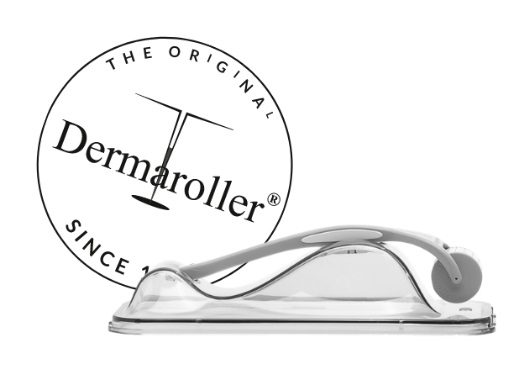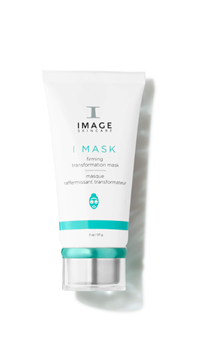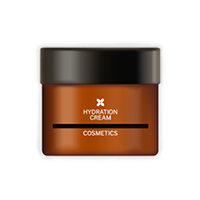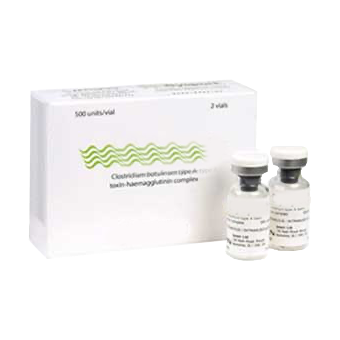 Do you suffer with itchy, inflamed, red patches of skin that seem to come out of nowhere? If you've ever experienced a rash after trying a new beauty buy or had dry, cracked hands after using cleaning products, it’s more than likely you had contact dermatitis.
Do you suffer with itchy, inflamed, red patches of skin that seem to come out of nowhere? If you've ever experienced a rash after trying a new beauty buy or had dry, cracked hands after using cleaning products, it’s more than likely you had contact dermatitis.It’s one of the most common skin conditions and it’s becoming increasingly prevalent as our daily beauty routines become laden with potent actives and multiple steps.
Whether it’s an innocent spritz of perfume, an active-packed serum, or the lingering effects of hand sanitiser, contact dermatitis is your skin’s way of saying “something’s not right.” But how can you tell the difference between a fleeting bout of redness and this particular condition, and more importantly, how do you treat and prevent it? Here’s everything you need to know.
What is contact dermatitis?
Contact dermatitis is a type of eczema triggered when the skin comes into direct contact with an irritant or allergen—it's essentially an inflammatory response prompted by something your skin finds hostile. This can result in anything from mild redness and itching, to more extreme symptoms like blisters, pus-filled spots or cracked, bleeding skin.There are two main types: irritant contact dermatitis occurs when the skin’s barrier is physically damaged by a substance like soap, bleach, or even water if there’s repeated exposure; the NHS claims this type accounts for around 80 per cent of cases.
On the other hand, allergic contact dermatitis is a delayed hypersensitivity reaction, where the immune system overreacts to an ingredient it considers a threat. Nickel, fragrance, hair dyes, a number of skincare actives and preservatives are some of the usual culprits. Though the cause may differ, the result is much the same: angry, uncomfortable skin that needs some TLC.
Recognising the symptoms
Contact dermatitis doesn’t always look the same, which is part of what makes it so tricky to identify. For some, it manifests as subtle dryness or itching—for others, it can erupt into full-blown inflammation, with cracked skin, weeping blisters and intense discomfort.In most cases, symptoms develop within hours or days of exposure. The affected area might appear red, swollen or scaly. The skin may feel tight or sore to the touch, and in more severe cases, it can peel or even bleed. While irritant contact dermatitis tends to appear quickly and in areas with the most exposure, allergic contact dermatitis can take longer to show up and may spread beyond the initial point of contact.
Common signs to look out for include, swelling, tenderness, persistent itching, stinging, burning, redness, discolouration, dry skin, blisters, bumps or small pus-filled spots. It’s also worth noting that chronic contact dermatitis, where repeated exposure causes long-term damage, can lead to skin thickening and sensitivity that lingers long after the original trigger is removed.
How is contact dermatitis diagnosed?
While you might be able to identify an obvious irritant like your new moisturiser, things aren’t always that simple, since you still may have no idea what type of contact dermatitis you have, or what the exact ingredient in your product caused the reaction.Generally, an official diagnosis begins with a detailed history covering when the symptoms first appeared, what products were introduced recently, and which areas of the body were affected. Your dermatologist or GP will ask about everything from your skincare routine and lifestyle habits, to what you do for a living.
If they suspect you have allergic contact dermatitis, they may suggest allergy testing. This involves applying small amounts of common allergens to your skin and observing any reactions over a 48–72-hour period. It’s the gold standard for identifying what people are allergic to, particularly if flare-ups are recurring and seemingly random.
How to treat and manage contact dermatitis
The first step to treating contact dermatitis is to identify and eliminate the trigger. If you keep using said trigger your skin won’t fully heal. Most of the time, if the offending ingredient is removed, the skin begins to recover on its own within a few days.To give healing a helping hand, emollients and barrier creams are your first line of defence. Look for fragrance-free, hypoallergenic formulas designed for sensitive skin. These help restore the skin barrier and prevent further moisture loss.
Topical corticosteroids can also be prescribed to reduce inflammation, particularly during a flare-up. For mild cases, over-the-counter hydrocortisone cream woks a treat, but more severe or persistent symptoms may require a stronger prescription variety.
Cool compresses can also help relieve itching, and it's essential to avoid scratching to prevent infection and worsening of the skin barrier. Antihistamines can also be helpful if there's a significant allergic component, or even antibiotics if a secondary bacterial infection develops.
What to avoid
When treating contact dermatitis, prevention is just as important as cure. That means simplifying your skincare routine, avoiding harsh exfoliants and active ingredients like retinoids or acids while your skin is recovering, and switching to pH-balanced cleansers. Protective gloves are essential when cleaning or washing dishes, and patch testing new products before applying them liberally is always a good idea, especially if you have sensitive skin or a history of allergies.Fragrance, alcohol, preservatives like parabens, and metals such as nickel are all common offenders, so checking ingredient labels is crucial. And don’t underestimate your environment—dusty rooms, cold weather, central heating and even hard water can all contribute to flare-ups.
When to see your GP
Many cases of contact dermatitis can be treated at home, but that doesn’t mean it should be ignored. If your symptoms are severe, spreading, or not improving after a week of avoiding known irritants, it’s time to speak to a healthcare professional.Other red flags include oozing or crusting skin, fever, or signs of infection like warmth and increasing redness. Likewise, if flare-ups become a regular occurrence or interfere with daily life, it’s worth getting a formal diagnosis.
Your GP can refer you to a dermatologist for patch testing or more tailored treatment if needed. In some cases, long-term management may involve prescription barrier creams, oral medications, or advice on lifestyle and workplace adjustments.
Listen to your skin
Contact dermatitis can be frustrating, unpredictable and, at times, deeply uncomfortable, but it doesn’t have to control your life. Understanding your triggers, listening to your skin, and creating a routine that supports rather than stresses your skin barrier can make all the difference.More than just a temporary rash, contact dermatitis is your skin’s way of speaking up. And with the right guidance, expert support, and a little patience, it’s a condition that can be managed.
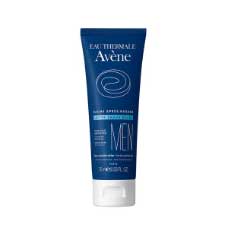
 Added to basket
Added to basket

 Unapplied Changes
Unapplied Changes


